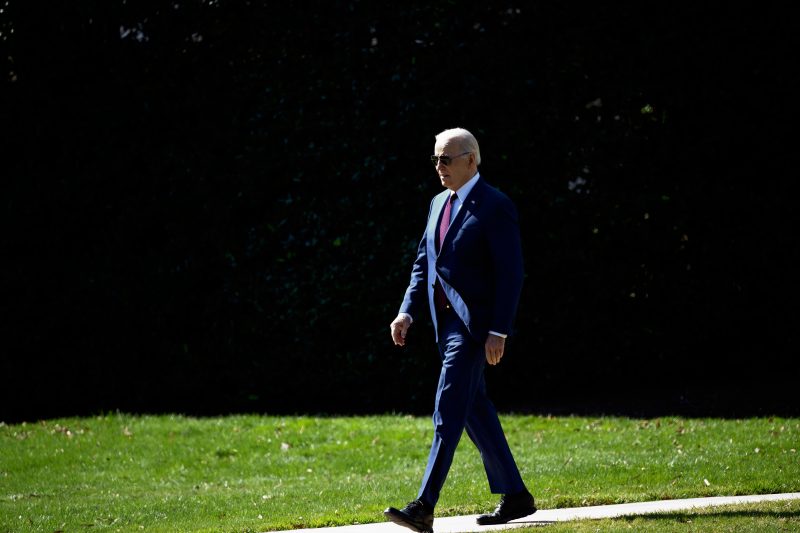The recent surge in economic activity and rising inflation rates have emerged as pressing challenges for the Biden administration at a critical juncture. As the global economy begins to recover from the adverse impacts of the COVID-19 pandemic, several underlying factors are conspiring to create a perfect storm of economic uncertainty and policy conundrums. In this article, we will delve into the key issues surrounding the current economic landscape and explore the potential implications for both policymakers and the populace at large.
One of the most conspicuous indicators of the economic revival has been the remarkable increase in consumer spending. Americans, buoyed by stimulus checks and a robust stock market, have been eager to resume their pre-pandemic spending habits. While this surge in consumption is a welcome sign of economic rejuvenation, it has also triggered a significant uptick in inflation rates. The Consumer Price Index (CPI) registered a 4.2% increase in April, the highest jump since 2008. This spike in inflation has raised concerns about the sustainability of this economic upturn and the potential for overheating.
Rising inflation rates have far-reaching implications for both businesses and consumers. For businesses, the escalating costs of raw materials and labor pose a significant challenge. The specter of inflation-driven supply chain disruptions and escalating production costs threatens to squeeze profit margins, thereby eroding the viability of many businesses, particularly small and medium enterprises. On the flip side, consumers are bearing the brunt of inflation through higher prices for goods and services. This inflation-induced cost-of-living increase is particularly burdensome for low- and middle-income households, exacerbating income inequality and financial insecurity.
In response to the growing inflationary pressures, the Federal Reserve faces a delicate balancing act. While the central bank’s current accommodative monetary policy stance has been instrumental in supporting the economy during the pandemic-induced downturn, the specter of runaway inflation has prompted calls for a recalibration of its policy toolkit. The Federal Reserve is poised to confront the dual challenge of fostering economic growth and maintaining price stability in the face of mounting inflationary pressures. The task of orchestrating a graceful exit from the current stimulus programs without triggering a destabilizing rise in interest rates looms large on the horizon.
The Biden administration, for its part, confronts a formidable set of economic policy dilemmas. As the President pushes forward with ambitious infrastructure spending plans and social welfare programs, the need to address the inflationary headwinds becomes increasingly urgent. Balancing the imperatives of economic stimulus with the imperative of taming inflation poses a formidable challenge for policymakers in the coming months. Moreover, the administration’s ability to navigate these choppy economic waters will have profound implications for its political fortunes and the broader economic recovery trajectory.
In conclusion, the confluence of resurgent economic activity and rising inflation rates presents a formidable set of challenges for the Biden administration and policymakers at large. Navigating the treacherous waters of economic recovery while taming inflationary pressures will require deft policy maneuvers and a nuanced understanding of the complex interplay of economic forces at play. The stakes are high, and the margin for error is narrow. Only time will tell whether the administration’s economic policy playbook is robust enough to weather the storm and steer the economy towards a sustainable and inclusive recovery.
